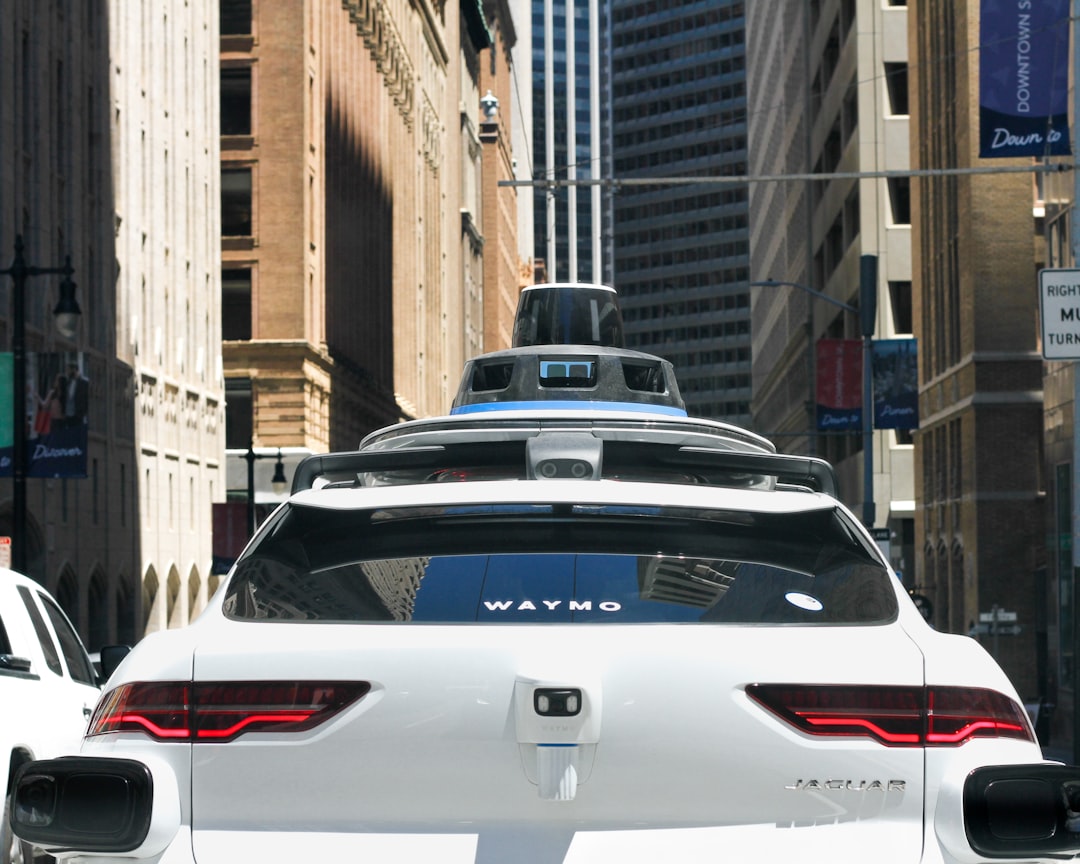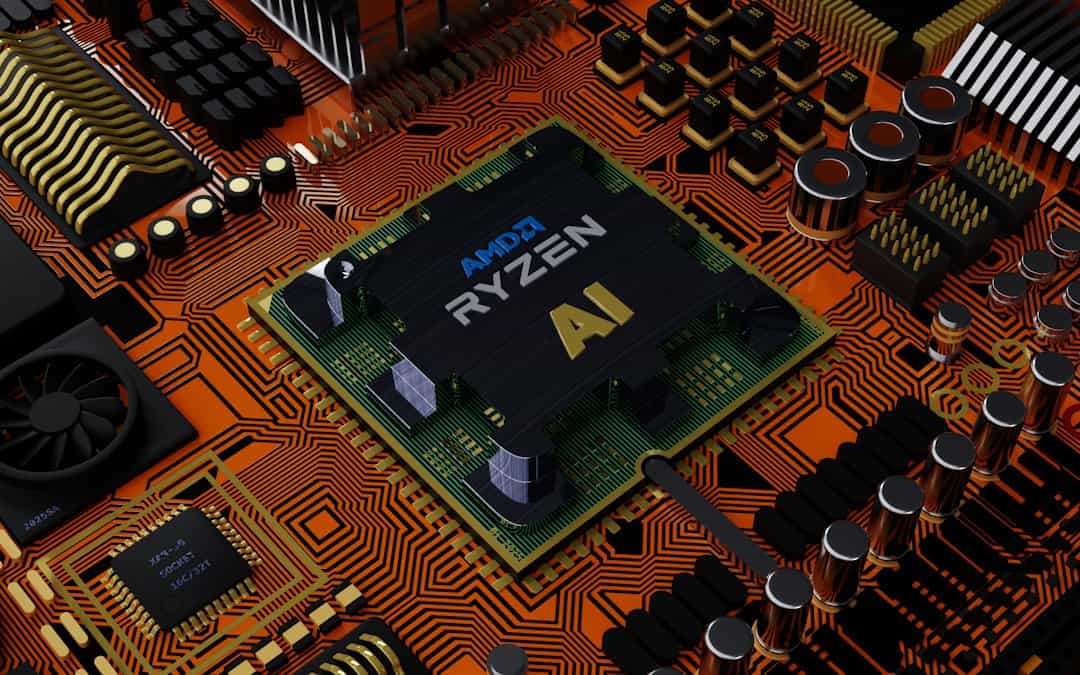NVIDIA DRIVE represents a significant leap forward in the realm of automotive technology, merging the power of artificial intelligence with the intricacies of vehicle operation. As a platform designed specifically for autonomous vehicles, NVIDIA DRIVE harnesses the capabilities of advanced computing to facilitate a new era of transportation. With the automotive industry increasingly leaning towards automation and smart technologies, NVIDIA’s commitment to innovation positions it at the forefront of this transformation.
The platform integrates high-performance computing, deep learning, and sophisticated algorithms to create a comprehensive solution for self-driving cars. The NVIDIA DRIVE platform is not merely a collection of hardware and software; it is a holistic ecosystem that encompasses everything from data processing to real-time decision-making. By leveraging the immense computational power of NVIDIA’s GPUs, the platform can analyze vast amounts of data generated by vehicle sensors, cameras, and radar systems.
This capability allows for rapid processing and interpretation of the environment surrounding the vehicle, enabling it to navigate complex scenarios with precision and safety. As we delve deeper into the various facets of NVIDIA DRIVE, it becomes clear that this technology is not just about driving; it is about redefining mobility itself.
Key Takeaways
- NVIDIA DRIVE is a platform that enables autonomous vehicles to process data and make decisions in real time.
- AI-powered image processing allows vehicles to interpret and respond to their surroundings with greater accuracy and speed.
- Advancements in vehicle navigation, powered by NVIDIA DRIVE, enable precise and efficient route planning and execution.
- Object recognition is crucial for autonomous driving, and NVIDIA DRIVE plays a key role in enabling vehicles to identify and respond to various objects on the road.
- NVIDIA DRIVE is set to revolutionize transportation by making autonomous driving safer, more efficient, and more accessible to the public.
The Power of AI-Powered Image Processing
At the heart of NVIDIA DRIVE’s capabilities lies its AI-powered image processing technology, which plays a crucial role in how autonomous vehicles perceive their surroundings. The platform employs sophisticated neural networks that can analyze images captured by cameras mounted on the vehicle. This technology enables the vehicle to identify and interpret various elements in its environment, such as road signs, lane markings, pedestrians, and other vehicles.
The ability to process visual data in real-time is essential for safe navigation and decision-making. NVIDIA’s image processing algorithms are designed to learn from vast datasets, allowing them to improve over time. This machine learning approach means that as more data is collected from different driving scenarios, the system becomes increasingly adept at recognizing patterns and making informed decisions.
The result is a robust image processing system that can handle diverse conditions, from bright sunlight to heavy rAIn or fog. This adaptability is vital for ensuring that autonomous vehicles can operate safely in a wide range of environments, making AI-powered image processing a cornerstone of NVIDIA DRIVE’s functionality.

Vehicle navigation has undergone a remarkable transformation with the advent of NVIDIA DRIVE. Traditional navigation systems relied heavily on pre-mapped data and basic GPS functionality, but NVIDIA’s approach integrates real-time data processing with advanced algorithms to create a dynamic navigation experience. The platform utilizes high-definition maps combined with real-time sensor data to provide an accurate representation of the vehicle’s surroundings.
This integration allows for more precise route planning and obstacle avoidance. Moreover, NVIDIA DRIVE enhances navigation through its ability to predict and respond to changing conditions on the road. By analyzing traffic patterns, weather conditions, and even driver behavior, the system can adjust routes in real-time to optimize travel efficiency.
This level of adaptability not only improves the overall driving experience but also contributes to reducing congestion and enhancing safety on the roads. As autonomous vehicles become more prevalent, the advancements in navigation offered by NVIDIA DRIVE will play a pivotal role in shaping how we think about transportation.
The Importance of Object Recognition in Autonomous Driving
| Data/Metric | Description |
|---|---|
| Object Recognition Accuracy | The percentage of correctly identified objects in the environment by the autonomous driving system. |
| Response Time | The time taken by the system to recognize an object and make a decision based on it. |
| False Positive Rate | The percentage of incorrectly identified objects as obstacles or hazards. |
| Object Classification | The ability of the system to categorize different objects such as pedestrians, vehicles, traffic signs, etc. |
| Environmental Conditions | The impact of factors like weather, lighting, and road conditions on object recognition performance. |
Object recognition is a critical component of autonomous driving technology, and NVIDIA DRIVE excels in this area through its advanced deep learning capabilities.
Whether it’s recognizing pedestrians crossing the street or detecting other vehicles merging into traffic, object recognition allows autonomous vehicles to respond appropriately to their environment.
NVIDIA’s object recognition technology relies on convolutional neural networks (CNNs) that have been trained on extensive datasets containing millions of labeled images. This training enables the system to distinguish between various objects with remarkable accuracy. Furthermore, the platform continuously learns from new data collected during real-world driving experiences, further enhancing its object recognition capabilities over time.
As a result, NVIDIA DRIVE not only improves safety but also builds trust in autonomous systems by demonstrating their ability to perceive and react to complex environments effectively.
The Impact of NVIDIA DRIVE on the Future of Transportation
The implications of NVIDIA DRIVE extend far beyond individual vehicles; they encompass a broader vision for the future of transportation as a whole. As cities become increasingly congested and environmental concerns mount, the need for efficient and sustainable transportation solutions has never been more pressing. NVIDIA DRIVE offers a pathway toward achieving these goals by enabling the development of fully autonomous vehicles that can operate safely and efficiently within urban environments.
Moreover, the integration of AI-driven technologies into transportation systems has the potential to revolutionize public transit as well. With NVIDIA DRIVE powering autonomous buses and shuttles, cities can optimize routes based on real-time demand, reducing wait times and improving service efficiency. This shift towards smart transportation systems not only enhances mobility but also contributes to reducing carbon emissions and alleviating traffic congestion.
As we look ahead, it is clear that NVIDIA DRIVE will play a pivotal role in shaping the future landscape of transportation.
Overcoming Challenges in Autonomous Driving with NVIDIA DRIVE

Despite the promising advancements brought forth by NVIDIA DRIVE, challenges remain in the realm of autonomous driving that must be addressed for widespread adoption. One significant hurdle is ensuring safety in unpredictable environments where human drivers may behave erratically or where road conditions can change rapidly. NVIDIA DRIVE tackles this challenge by employing advanced simulation technologies that allow developers to test their algorithms in virtual environments before deploying them on real roads.
Additionally, regulatory hurdles pose another challenge for the deployment of autonomous vehicles. Different regions have varying laws and regulations regarding self-driving technology, which can complicate development efforts. NVIDIA is actively engaging with policymakers and industry stakeholders to advocate for standards that promote safety while fostering innovation.
By addressing these challenges head-on, NVIDIA DRIVE aims to pave the way for a future where autonomous vehicles can operate seamlessly alongside traditional traffic.
The Role of Deep Learning in NVIDIA DRIVE
Deep learning serves as the backbone of many functionalities within NVIDIA DRIVE, enabling it to process vast amounts of data and make intelligent decisions based on that information.
This capability is particularly important in scenarios where traditional programming methods may fall short due to the complexity and variability of real-world driving conditions.
The deep learning algorithms employed by NVIDIA DRIVE are designed to handle various tasks simultaneously, from image recognition to sensor fusion and decision-making processes. This multi-faceted approach allows for a more holistic understanding of the vehicle’s environment, leading to safer and more efficient driving experiences. As deep learning continues to evolve, so too will the capabilities of NVIDIA DRIVE, further enhancing its potential applications across different sectors within transportation.
Future Developments and Applications of NVIDIA DRIVE
Looking ahead, the future developments surrounding NVIDIA DRIVE promise exciting possibilities for both consumers and industries alike. As technology continues to advance at an unprecedented pace, we can expect enhancements in areas such as sensor technology, computational power, and machine learning algorithms that will further refine autonomous driving capabilities. These advancements will not only improve safety but also expand the range of applications for self-driving technology beyond personal vehicles.
In addition to passenger cars, NVIDIA DRIVE has potential applications in commercial sectors such as logistics and delivery services. Autonomous trucks powered by this platform could revolutionize supply chain management by optimizing routes and reducing delivery times while minimizing operational costs. Furthermore, as smart cities continue to emerge globally, integrating NVIDIA DRIVE into urban infrastructure could lead to more efficient public transportation systems and improved traffic management solutions.
The future is bright for NVIDIA DRIVE as it continues to push boundaries and redefine what is possible in transportation technology.
For those interested in the intersection of advanced technologies like NVIDIA DRIVE, which focuses on autonomous driving platforms, AI-driven image processing, driver assistance, object recognition, and vehicle navigation, exploring broader technological trends can be enlightening. A recommended read is an article that delves into how emerging technologies are shaping various industries. You can find insightful discussions on the potential collaborations and integrations of technologies similar to NVIDIA DRIVE within the broader context of the metaverse by visiting Business Collaboration in the Metaverse. This article provides a comprehensive look at how cutting-edge technologies are being integrated into different sectors, offering a glimpse into future possibilities.
FAQs
What is NVIDIA DRIVE?
NVIDIA DRIVE is an autonomous driving platform developed by NVIDIA that combines AI-powered image processing, advanced driver assistance, object recognition, and vehicle navigation technologies.
What is the role of AI in NVIDIA DRIVE?
AI plays a crucial role in NVIDIA DRIVE by enabling the platform to process and analyze visual data from the vehicle’s surroundings, make real-time decisions, and navigate the vehicle autonomously.
What is KI-gesteuerte Bildverarbeitung in NVIDIA DRIVE?
KI-gesteuerte Bildverarbeitung, or AI-powered image processing, refers to the use of artificial intelligence to analyze and interpret visual data captured by the vehicle’s sensors, such as cameras and LiDAR, to understand the surrounding environment.
How does NVIDIA DRIVE assist in driving?
NVIDIA DRIVE assists in driving by providing advanced driver assistance features, such as lane-keeping assistance, adaptive cruise control, and automated parking, to enhance the safety and convenience of driving.
How does NVIDIA DRIVE enable object recognition?
NVIDIA DRIVE uses AI algorithms to enable object recognition, allowing the platform to identify and classify various objects in the vehicle’s surroundings, such as pedestrians, vehicles, traffic signs, and obstacles.
Vehicle navigation in NVIDIA DRIVE involves using AI-powered algorithms to plan and optimize driving routes, interpret traffic conditions, and provide real-time guidance to the driver or autonomously navigate the vehicle to its destination.











Leave a Reply